XE Explains: Rising Temperatures…Warning Of Incoming Climate Changes
Extreme E: Scientifically speaking, why are we encountering rising temperatures and now heatwaves?
Professor Richard Washington: Rising temperatures are the simplest response from the climate system to the increase of greenhouse gas concentrations. The higher the concentration of these gases in the atmosphere, the warmer it will become due to the direct connection between greenhouse gases and heating of the atmosphere whereby the greenhouse gases absorb and trap heat in the atmosphere.
To be a heatwave, this occurs after temperatures meet or exceed a temperature record for three days – this can vary depending on the country and region.
While the global temperature records show a clear increase in temperature which exceeds one degree C over the last century, humans feel that increase most directly during heatwaves. Heatwaves are becoming more intense, hotter, and more frequent. As we all saw, temperatures reached to 40oc, which was the highest experienced yet in the UK.
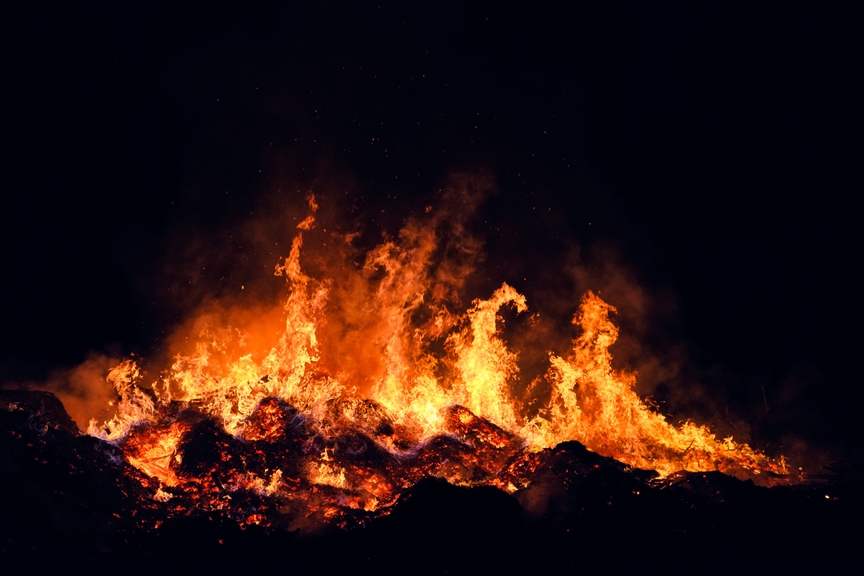
XE: So how do the heatwaves affect our current climate?
RW: The effects of heat waves are widespread. Unfortunately, this includes increased mortality as well as reduced productivity both for us and systems. For example, systems that generate energy can fail because of the extreme demand imposed on them by cooling systems, such as air conditioning. Heatwaves can also increase wildfire intensity and frequency, which sadly we have seen increase rapidly this year. Another is the failure of transport infrastructure, where for example, with rail transport the rising temperatures cause deformation of tracks. For air transport, the melting of runways occurred during the red extreme heat warning that was issued by the Met Office in the UK. This caused disruptions in airports as the high temperatures led to what is called a ‘surface defect’ as the tarmac melts on the runways like at Luton Airport.
Heatwaves also affect agriculture, many countries will be expecting drought conditions due to the intense heat, dry weather and with a lack of rain, effecting farming. Dry conditions and heatwaves go hand in hand because of the increased evaporation, the clear skies and sinking air which stops any chance of rain. As heatwaves continue, hosepipe bans will likely become a common practice in the UK as a result of droughts and severe temperatures.
XE: A surprising fact that not many know is that heatwaves affect our oceans, can you explain how?
RW: Yes, so with the heatwaves, the heat gets absorbed by the water. As the ocean temperatures heat up, this can lead to a decrease of oxygen levels in water which marine life requires to live, stressing these ecosystems. For example, heating of the oceans can affect coral lives, even leading to coral reef bleaching meaning an algae loss, turning the corals lifeless and white. The most common example is with the warmer waters, causing the glaciers to melt and loss of habitats in the Antarctic regions, also adding to the global sea level rising crisis.
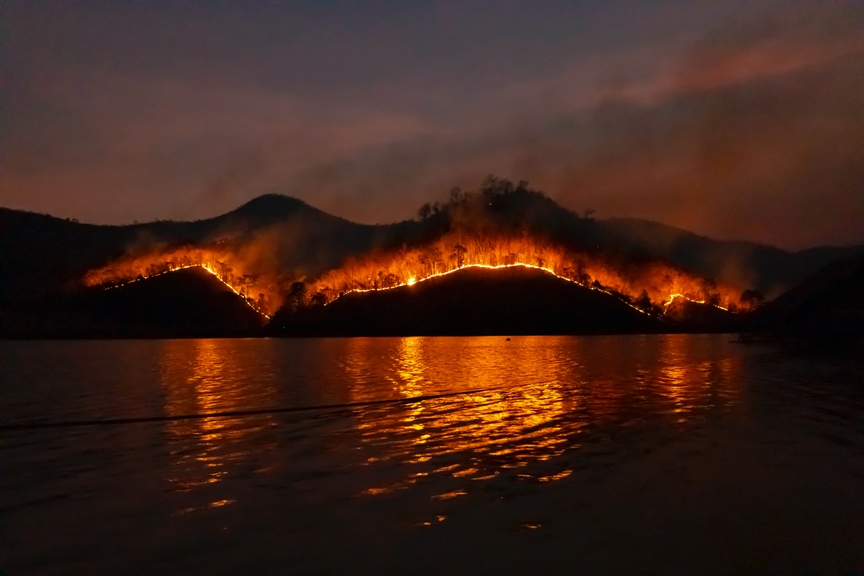
XE: Looking back, when was the last most significant heatwave in Europe?
RW: Europe has experienced numerous heatwaves but one that really stands out still is 2003, which sadly led to the deaths of around 40,000 people. A landmark study on that 2003 heatwave was the first to demonstrate that increases in greenhouse gases were related to specific weather events. Previously, the science was only able to show that greenhouse gases had altered climate (i.e. long term averages), rather than weather events. This study pointed out that temperatures in the summer of 2003 in Europe were hotter than any other summer in the instrumental record since 1851. It also showed that human influence via changing gases in the atmosphere had at least doubled the risk of the heatwave and that by 2040, more than half the summers would be warmer than the extreme heatwave of 2003.
In other words, by 2040, the heat wave of 2003 would seem like a relatively cool summer and by the end of the 21st Century, the summer of 2003 would be considered unusually cold.
XE: As temperatures continue to rise, what do you anticipate will change in the future?
RW: In the future, an increase in the heat waves magnitude, frequency and spatial extent is projected over most of the globe but especially over Africa, Central and South America, and Southeast Asia. Even if global temperatures are constrained to a 2-degree increase, most countries in the tropics will face severe heat waves at least every five years (e.g. >70% of land areas in East and West Africa) and extreme heat waves at least once every 20 years for more than 50% of land in East Africa and SE Asia. At least half of the world’s population will be exposed to severe heat waves and more than 500 million will be exposed to extreme heat waves once every 5 years. The kind of summer we have experienced so far in 2022 in the UK and Europe is very much in line with the predictions of climate change for them that we made more than 20 years ago – namely for hotter, drier more Med-like summers.
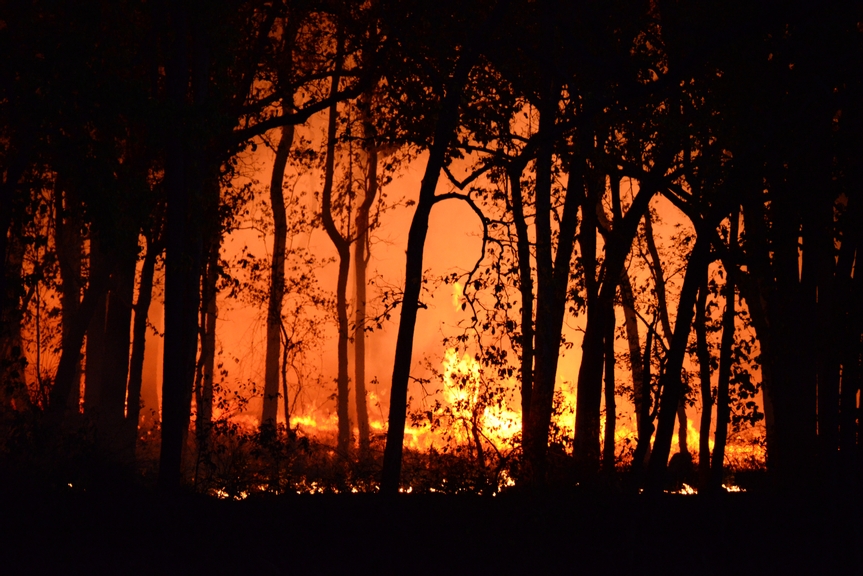
XE: Sadly, UK and Europe are seeing an increase in wildfires, what can be done to prevent these? How can we take action to help with the rising temperatures?
RW: As countries hit record high temperatures, we are seeing more and more wildfires. The hot, dry conditions are ideal for the spreading of fires. Lighting a fire with some dead leaves in the middle of a wet January is very, very difficult. But the smallest spark is able to set off fires when the material is tinder dry.
Efforts to attribute the wildfires to climate change by scientists are underway but what all of them have in common is extreme heat. Climate change projections are clearly show more displays of rising temperatures with both longer, more extensive heat waves and hotter seasons. The wildfires themselves then contribute to greenhouse gas emissions which drive climate change. They are a mirror of the world we are creating.
XE: How are Extreme E helping to protect?
RW: Extreme E is supporting this climate change on a number of levels. During the Sardinia doubleheader, one of the legacy projects focussed on building upon the support to the areas that were hit the worst by the forest fires in the Mediterranean region to restore the historic olive groves. As we saw, the fires blazed through 20,000 hectares of land, displaced over 1,000 people, and killed around 30 million bees. Wildfires such as these are responsible for 20% of total global CO2 emissions and can cost $5bn to fight.
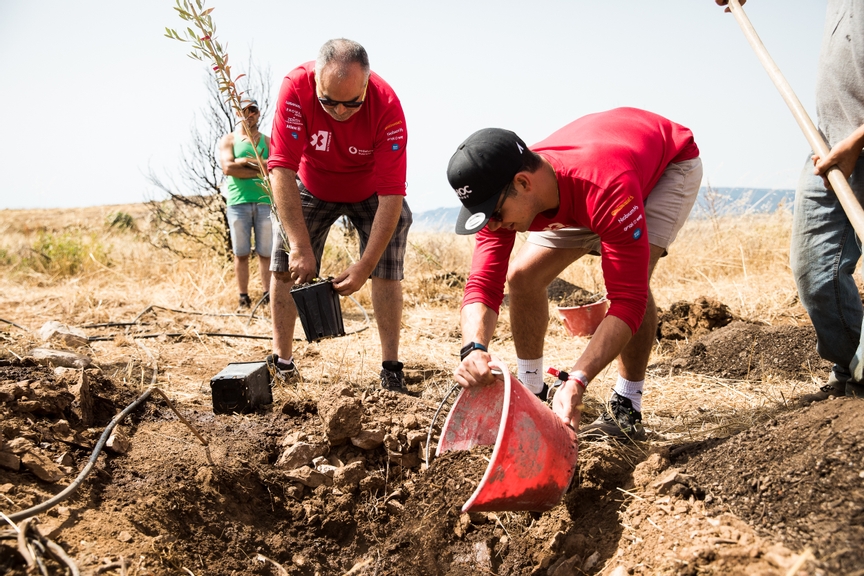
In addition to continuing to restore the olive groves by replanting trees, we worked with one of our partners to see how we could tackle this climate issue using technology.
With Vodafone Business and MEDSEA, we launched ultra-early forest fire detection system in a Sardinian region hardest hit during the wildfires of summer 2021, alongside running a fire prevention campaign within the local communities in the area of Montiferru. The technology includes sensors which will enable quick fire detection and alerting authorities, a faster-acting solution to the problem of wildfire detection than using cameras or satellites.
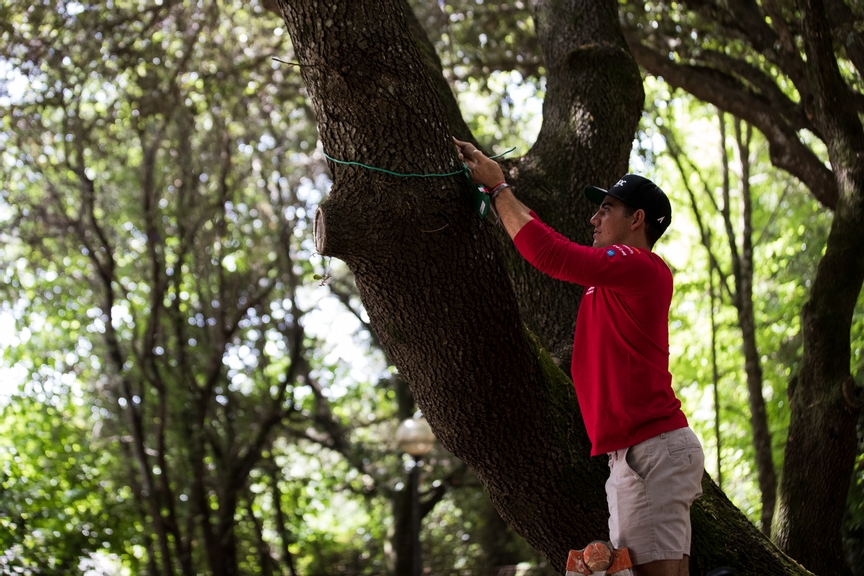
This builds upon our legacy project last year in Sardinia where we collaborated with EY during the 2021 Enel Island X Prix with another innovative wildfire mapping model.
Created by EY, the AI technology was created in collaboration with Microsoft, The Australian Country Fire Authority (CFA) and National Aeronautics and Space Administration (NASA). Typically, fire mapping officers receive imagery from aircrafts and use manual methods to create fire maps. The system allowed to streamline this process so officers can spend valuable time on other essential tasks. For example, where decisions are being made to prioritise regions that need to be evacuated, the winning solutions will aim to provide the right information at the right time to help make those decisions more easily and effectively.
For more details visit: https://youtu.be/_drTpdrWK6o?t=225
With this Summer only getting hotter and with alerts released not only in the UK and Europe, the advice is to look after the vulnerable, (elderly and children), keep hydrated and slow down especially with the warning of heat related illnesses.
XE: What would be your advice during these rising temperatures?
RW: As temperatures rise along with potential wildfires and water shortages spread, to stay vigilant and protect yourself against soaring temperatures. Ensure you stay hydrated, cool, and take steps to stop yourself from overheating. Please avoid making or else be extremely careful with any form of spark or fire, especially during barbecues and camp fires. Fires won’t behave as you have known them to in the past.